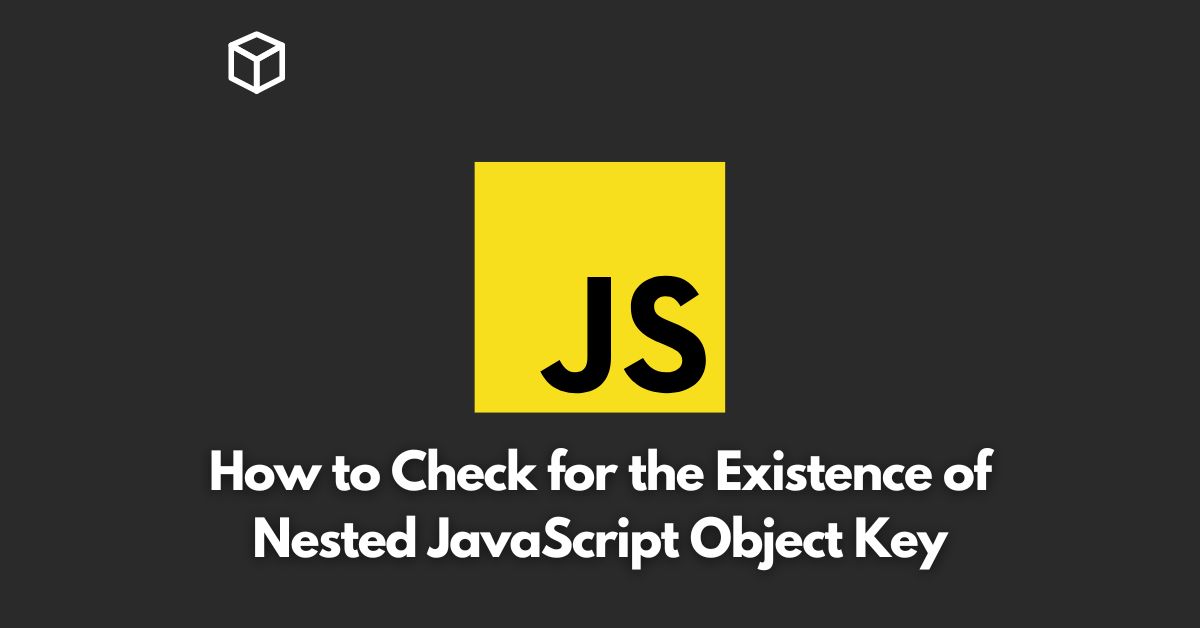As a JavaScript developer, you may often come across situations where you need to check for the existence of a nested object key.
This is an important step in your code as it prevents errors that may occur when you try to access an object property that does not exist.
In this Javascript tutorial,we will discuss different methods of checking for the existence of a nested object key in JavaScript.
Using the “in” operator
The “in” operator is a simple and straightforward way of checking for the existence of a nested object key.
It returns a boolean value of true if the object key is present and false if it is not.
The syntax for using the “in” operator is as follows:
var obj = {
key1: {
key2: "value"
}
};
if("key2" in obj.key1){
console.log("key2 exists");
} else {
console.log("key2 does not exist");
}Using the typeof operator
The typeof operator is another common method of checking for the existence of a nested object key.
The syntax for using the typeof operator is as follows:
var obj = {
key1: {
key2: "value"
}
};
if(typeof obj.key1.key2 !== "undefined"){
console.log("key2 exists");
} else {
console.log("key2 does not exist");
}Using the ternary operator
The ternary operator is a shorthand way of checking for the existence of a nested object key.
The syntax for using the ternary operator is as follows:
var obj = {
key1: {
key2: "value"
}
};
var result = obj.key1.key2 ? "key2 exists" : "key2 does not exist";
console.log(result);Using the try-catch statement
The try-catch statement is a more advanced method of checking for the existence of a nested object key.
The syntax for using the try-catch statement is as follows:
var obj = {
key1: {
key2: "value"
}
};
try {
if(obj.key1.key2){
console.log("key2 exists");
}
} catch(error){
console.log("key2 does not exist");
}Conclusion
In conclusion, there are several methods for checking for the existence of a nested object key in JavaScript.
Each method has its own advantages and disadvantages, and it is up to the developer to choose the method that best fits their needs.
Regardless of the method used, checking for the existence of a nested object key is an important step in writing error-free code.




